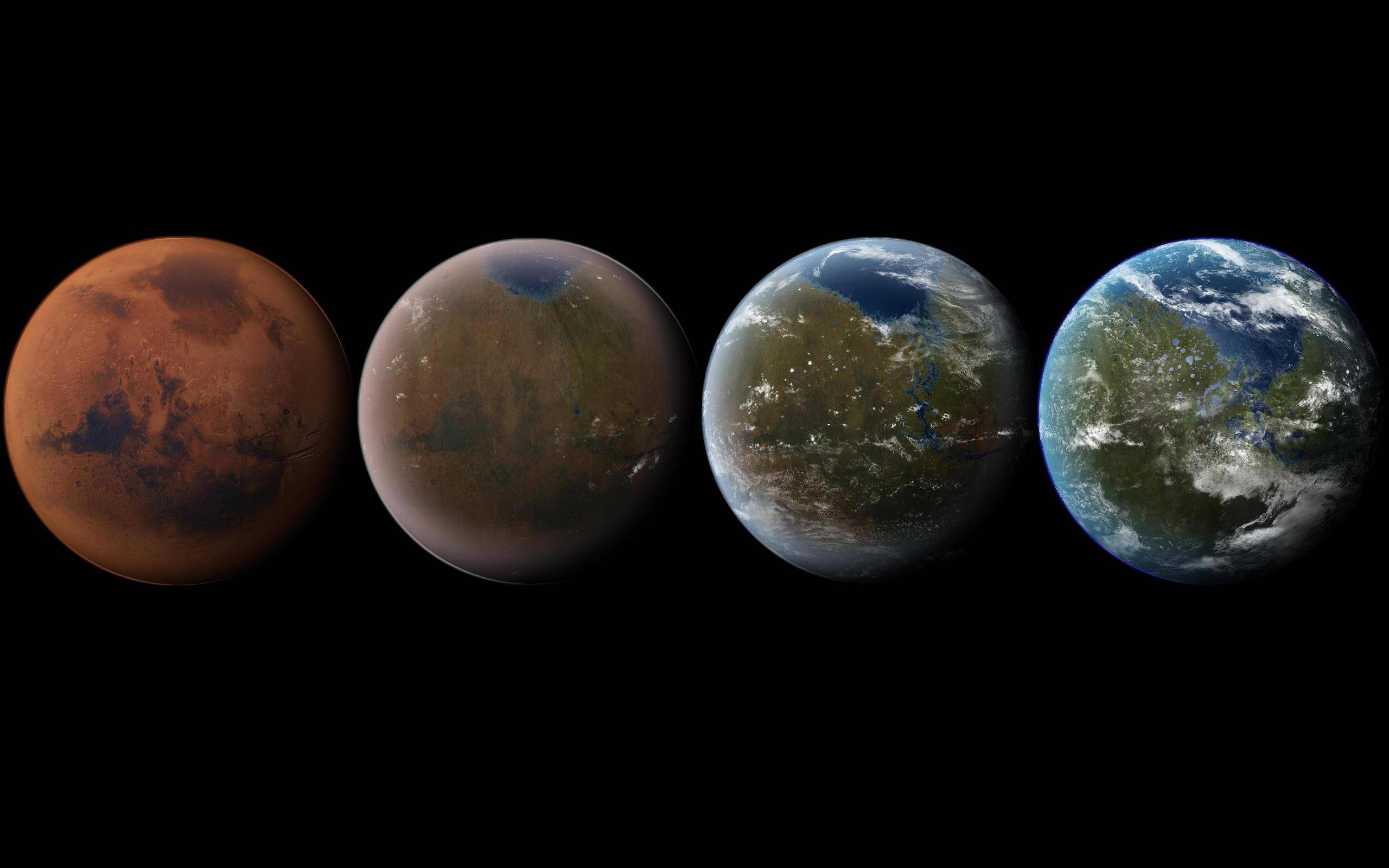In 1978, NASA scientists Donald J. Kessler and Burton G. Cour-Palais proposed a scenario where the density of objects in Low Earth Orbit (LEO) would be high enough that collisions between objects would cause a cascade effect. In short, these collisions would create debris that would result in more collisions, more debris, and so on. This came to be known as the Kessler Syndrome, something astronomers, scientists, and space environmentalists have feared for many decades. In recent years, and with the deployment of more satellites than ever, the warning signs have become undeniable.
Currently, there is an estimated 13,000 metric tons (14,330 US tons) of “space junk” in LEO. With the breakup and another satellite in orbit – the Intelsat 33e satellite – the situation will only get worse. This broadband communications satellite was positioned about 35,000 km (21,750 mi) above the Indian Ocean in a geostationary orbit (GSO). According to initial reports issued on October 20th, the Intelsat 33e satellite experienced a sudden power loss. Hours later, the U.S. Space Forces (USSF) confirmed that the satellite appeared to have broken up into at least 20 pieces.
Continue reading “Orbital Debris is Getting Out of Control”










